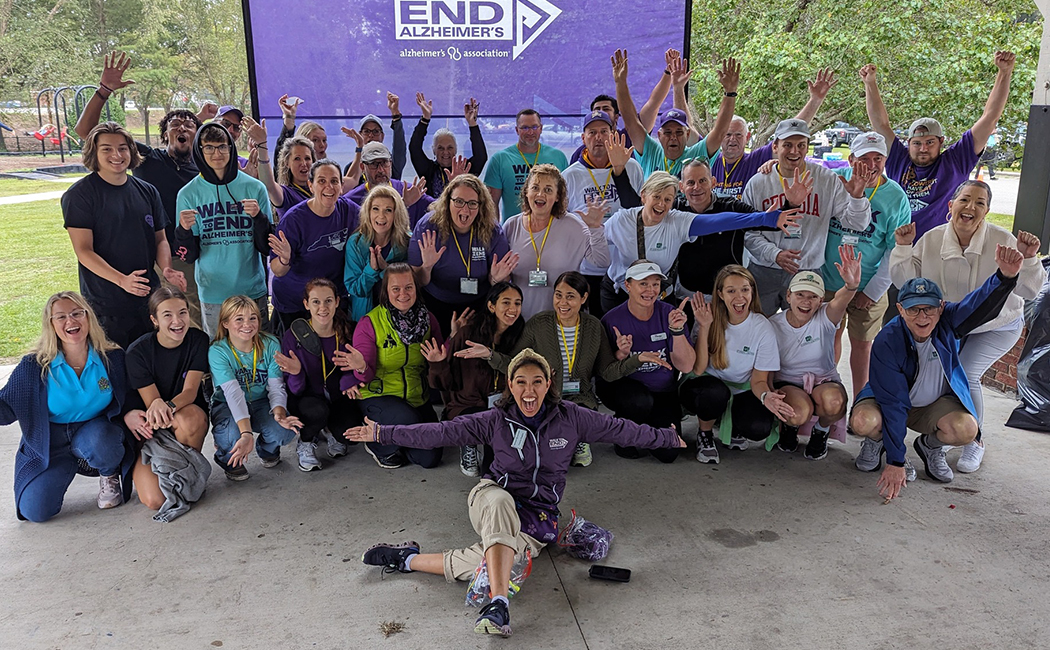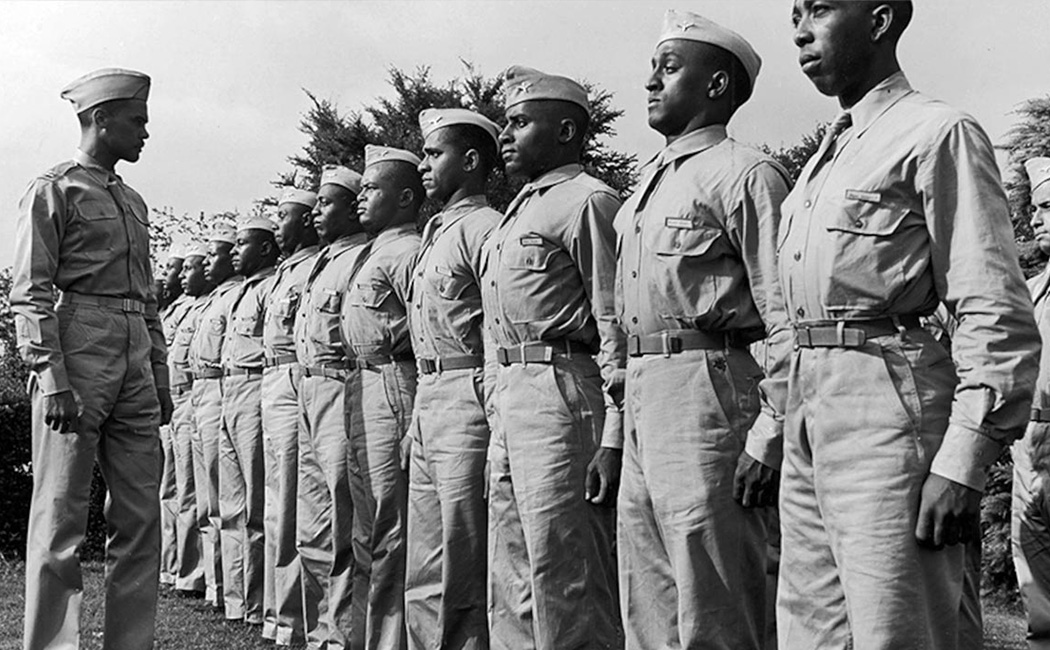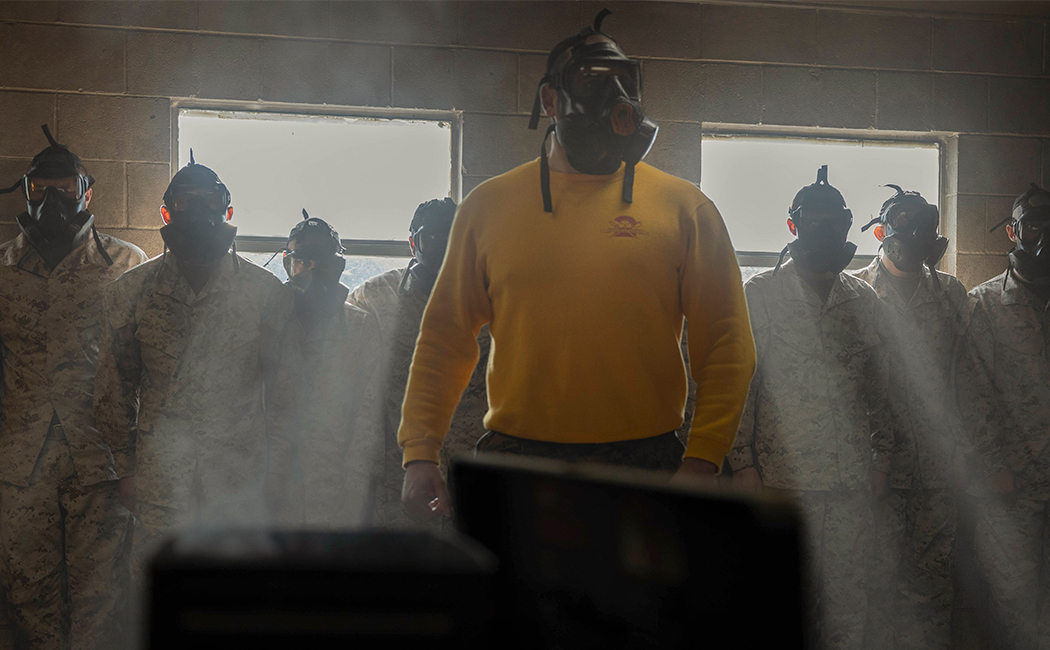Many Veterans want to know how VA Traumatic Brain Injuries or TBI are evaluated for compensation. TBIs are one of the most common injuries among combat veterans. The Defense and Veterans Brain Injury Center (DVBIC) reported more than 408,000 TBI’s among U.S. service members worldwide between 2000 and early 2019. This post will break down the basics of TBIs and how the VA rates them, as well as the requirements for proving secondary service connection.
Understanding Traumatic Brain Injury & How the VA Rates Them
A TBI is a disruption of brain function resulting from a blow or jolt to the head or penetrating head injury. A closed head injury occurs when the brain is not exposed, also called non-penetrating or blunt injury. A penetrating head injury, or open head injury, occurs when an object pierces the skull and breaches the outermost membrane that is surrounding the brain.
Common symptoms of TBI include:
- any loss of consciousness
- attention issues
- headaches
- change in vision
- dizziness
- loss of balance
- sleep disturbances
- nausea
- irritability
- word-finding difficulties
- confusion
Memory loss is the most common cognitive impairment. Some people seek treatment for a TBI when they find themselves having difficulty walking a straight line. Others look for help when they have speech issues caused by muscle weakness that causes disordered speech. TBI commonly has neuro-behavioral effects like depression and personality changes, as well as chronic pain and substance abuse disorder. Once a neurologist can link these symptoms to a TBI, they can rule out other causes.
In addition to these generalized symptoms, TBI patients commonly suffer functional vision problems. These symptoms include:
- difficulty focusing
- double vision
- difficulty reading
- sensitivity to light
- aching eyes
- loss of visual field
It’s important to note that TBI symptoms can be different in every individual. The level of severity will depend on the nature of the injury. Such as, if the Veteran experienced a closed or penetrating head injury. The VA takes several factors into account when a Veteran makes a claim for a traumatic brain injury.
How Does The VA Review TBI Claims?
If you make a claim for disability compensation, it’s important to understand the VA disability rating criteria for TBI, as well as the medical evidence and symptoms that they review to arrive at the rating.
What symptoms does the VA review?
The VA evaluates TBI residual effects on current level of mental or cognitive function, emotional and behavioral function, and physical function. The VA defines cognitive functions as memory, concentration, attention, and executive functions of the brain.
- Executive functions include abilities for goal setting, speed of information, judgment, and decision making
- VA evaluates emotional and behavioral functions based on a diagnosis of a mental disorder
- These may include inability to control anger, impulsiveness, and lack of initiative, inappropriate sexual activity, and poor social judgment
- VA evaluates physical functions under the appropriate diagnosis, which may include a neurological disorder.
The severity of symptoms may fluctuate from day to day and from person to person. A TBI impairs brain function temporarily or permanently. Structural damage may or may not be detectable with current technology. Therefore, the VA has the duty to evaluate subjective symptoms as well.
You may have received a diagnosis with mild, moderate, or severe TBI close to the time of injury in service. The VA will not rate your disability based on those classifications while you were in service. Keep in mind that your disability rating is based on the current level of functioning at the time the claim is filed.
How Does The VA Rating For TBI Work?
The VA evaluates TBI at 0, 10, 40, 70, and 100 percent. They recognize that there are certain cases so severe that warrant a rating higher than 100%, such as when the Veteran cannot work due to their injury.
The VA reviews that Veteran’s rating under new codes to see if it possibly provides the Veteran a higher rating. In this instance, the VA will treat the claim as a claim for an increased rating. It is important to note that the VA will not assign an effective date before October 23rd, 2008.
To break down the numerical system of the rating, the VA evaluates TBI at 0, 10, 40, 70, and 100 percent. They recognize that there are certain cases so severe that warrant a rating higher than 100%, such as when the Veteran cannot work due to their injury.
In order to be eligible for SMC-T, a Veteran must show several factors:
- The Veteran needs aid and attendance
- Without in-home aid and attendance, the Veteran would require hospitalization, nursing home care, or another type of residential institutionalized care
- The Veteran doesn’t otherwise qualify for a higher level of Aid & Attendance under 38 U.S.C.S. § 1114 (R-2)
To break this down further, the VA has a special definition for “aid and attendance.” A Veteran must show that they are in full need of aid and attendance by proving that they have the inability to perform specific daily functions.
This includes:
- Inability to dress and undress without assistance
- Inability to stay clean and presentable without assistance
- Inability to feed themselves without assistance
- Inability to attend to the wants of nature
- Exposure to hazards and dangers incident to daily environment
If a Veteran can prove all of the above factors to be true, they may be eligible for a 100% rating or more through unemployability. This then makes them eligible for special monthly compensation for their injuries.
TBI And Secondary Service Connection
When a Veteran seeks disability benefits for a TBI, it’s possible that they may also qualify for benefits for secondary service connection. This means that the Veteran has other conditions that developed as a secondary result of TBI.
Officials actually adjusted the secondary service connection regulations for TBI in 2013, connecting several illnesses to this condition.
These conditions include:
- Parkinsonism (including Parkinson’s Disease) following moderate or severe TBI
- Dementias (presenile dementia of the Alzheimer’s type, frontotemporal dementia, and dementia with Lewy bodies) that develops within 15 years of moderate or severe TBI
- Unprovoked seizures following moderate or severe TBI
- Depression that manifests within three years of moderate or severe TBI or within 12 months of mild TBI
- Disease of Hormone Deficiency (resulting from hypothalamo-pituitary changes) that manifests with 12 months of moderate or severe TBI
These all can apply toward a secondary service connection claim, unless there is clear evidence to demonstrate the contrary. Since the above conditions can potentially inhibit your ability to work and perform daily functions, you might decide to seek VA evaluation for the disability.
How Does VA Determine Secondary Service Connections?
The VA determines a Veteran’s eligibility for secondary service connection based on the severity of their TBI, as well as the time between the original injury and the onset of the associated medical condition. If a Veteran meets the qualifications, meaning that the TBI was severe enough and fit within the listed time frame, they don’t need to seek a medical opinion to be eligible for benefits.
TBI Severity
There are several factors that the VA considers when determining the severity of a TBI. These include structural imaging, loss of consciousness, alteration of consciousness/mental state, and post-traumatic amnesia. They also use the Glasgow Coma Scale in their assessment if the Veteran’s TBI resulted in a coma. Depending on the severity and combination of these factors, the VA classifies the TBI as mild, moderate, or severe. However, it’s important to note that a Veteran doesn’t need to demonstrate all of these factors to fit into one level of severity. They would also qualify for the highest level of severity if they meet the criteria for multiple levels.
Acceptable Evidence for VA TBI Claims
Examples of acceptable evidence may include medical reports from past exams, statements from the Veteran, service treatment records that followed the TBI, and witness statements regarding the original injury. All of these pieces of evidence should be from the time of the TBI or shortly after.
To summarize, some Veterans may be eligible for benefits based on the original TBI and secondary service condition. Since the combination of these qualifications can be complicated, it’s important to gather as much evidence as possible. Doing so will create a stronger claim and for their disability benefits.
















